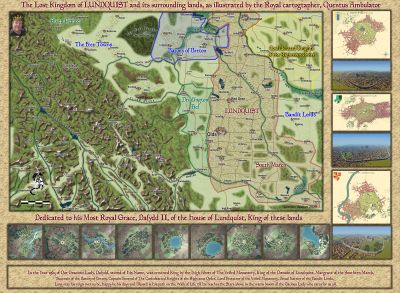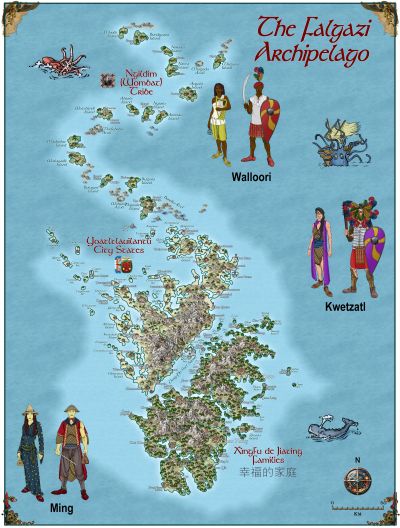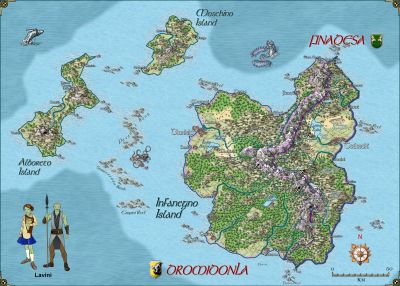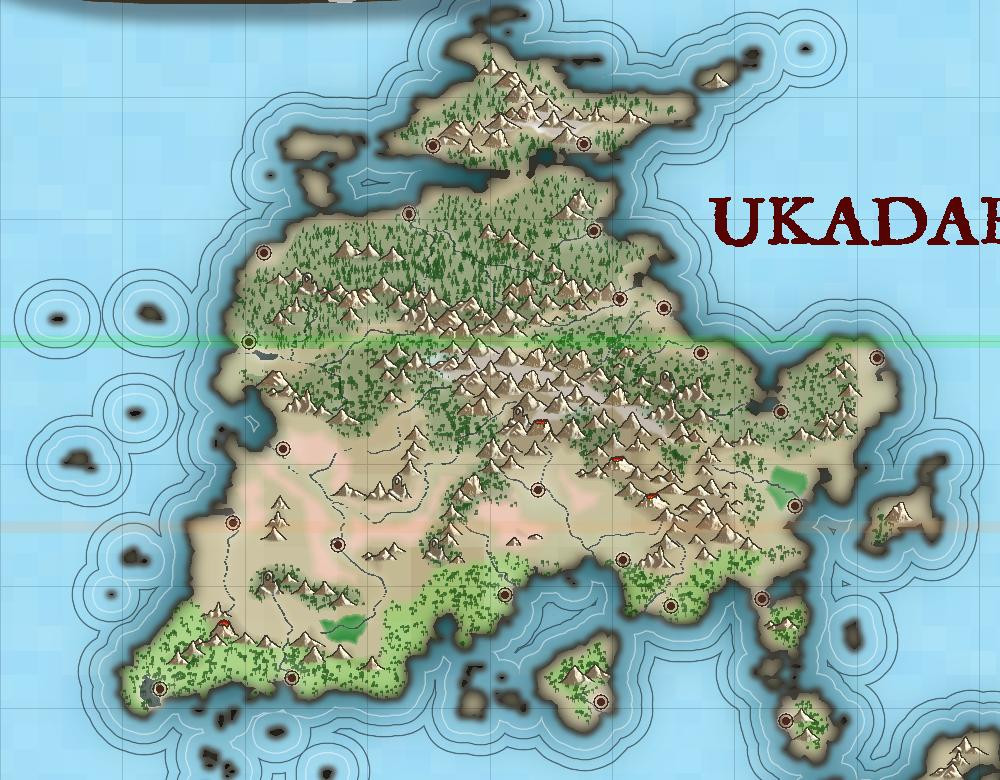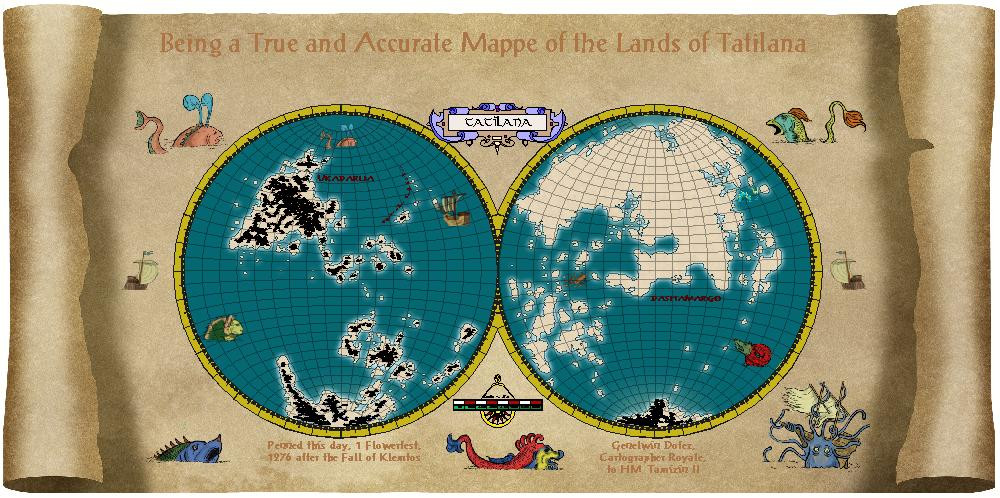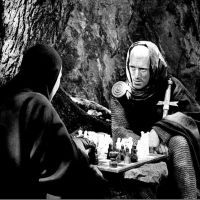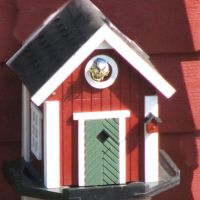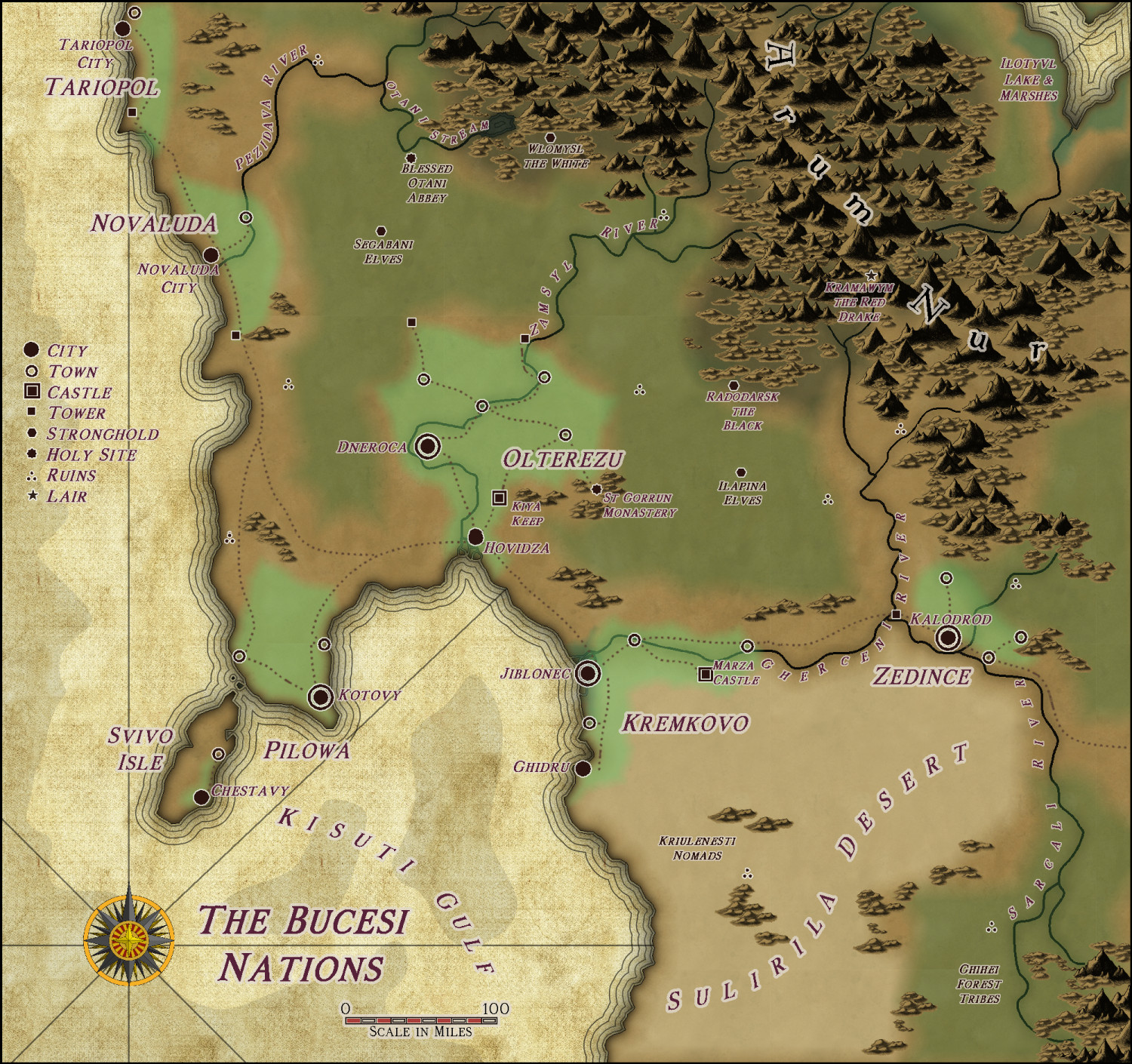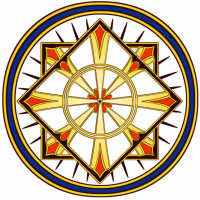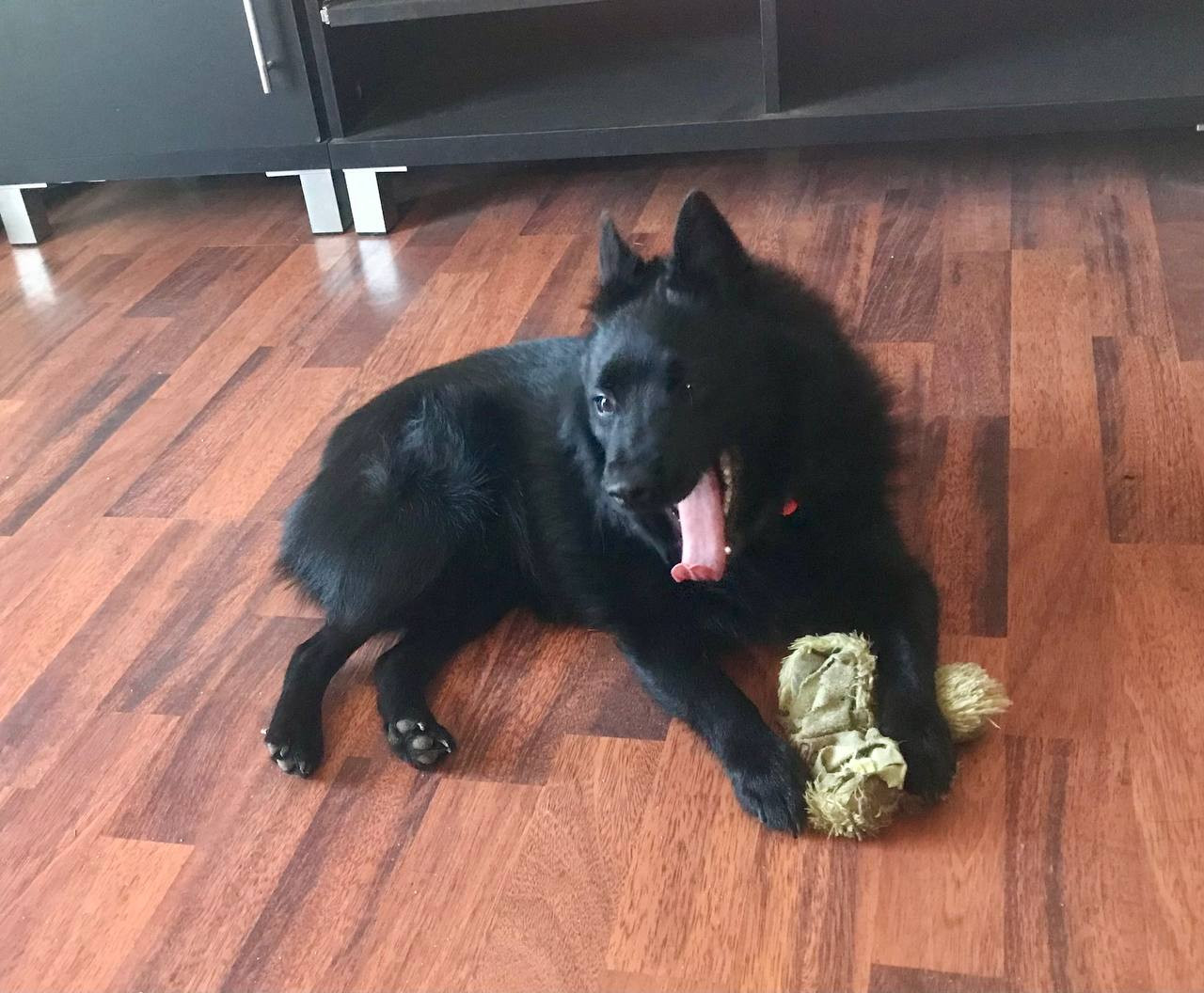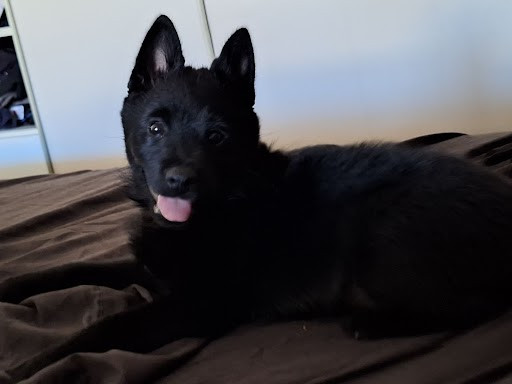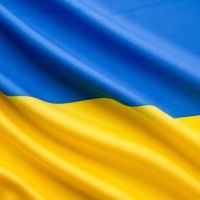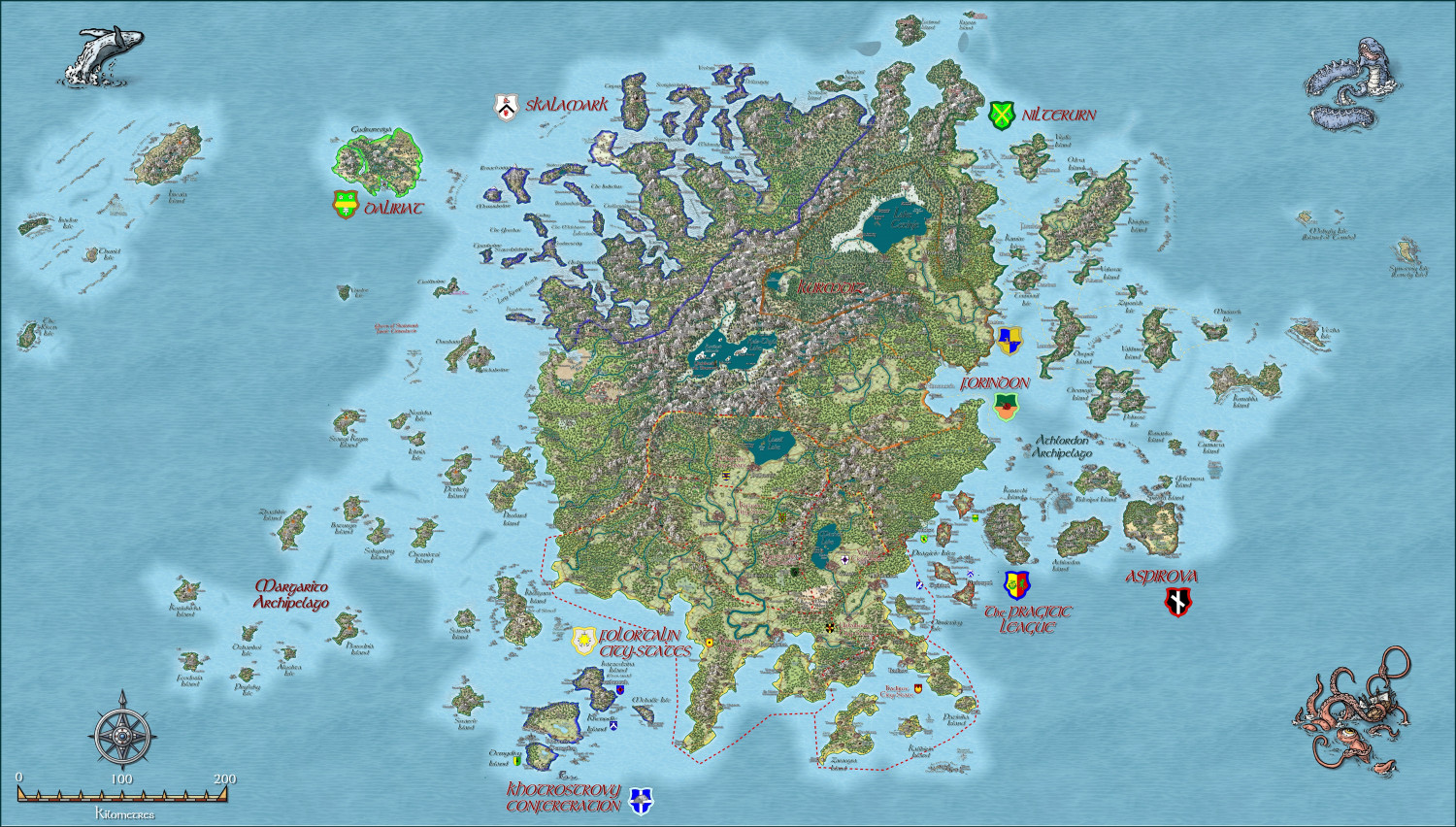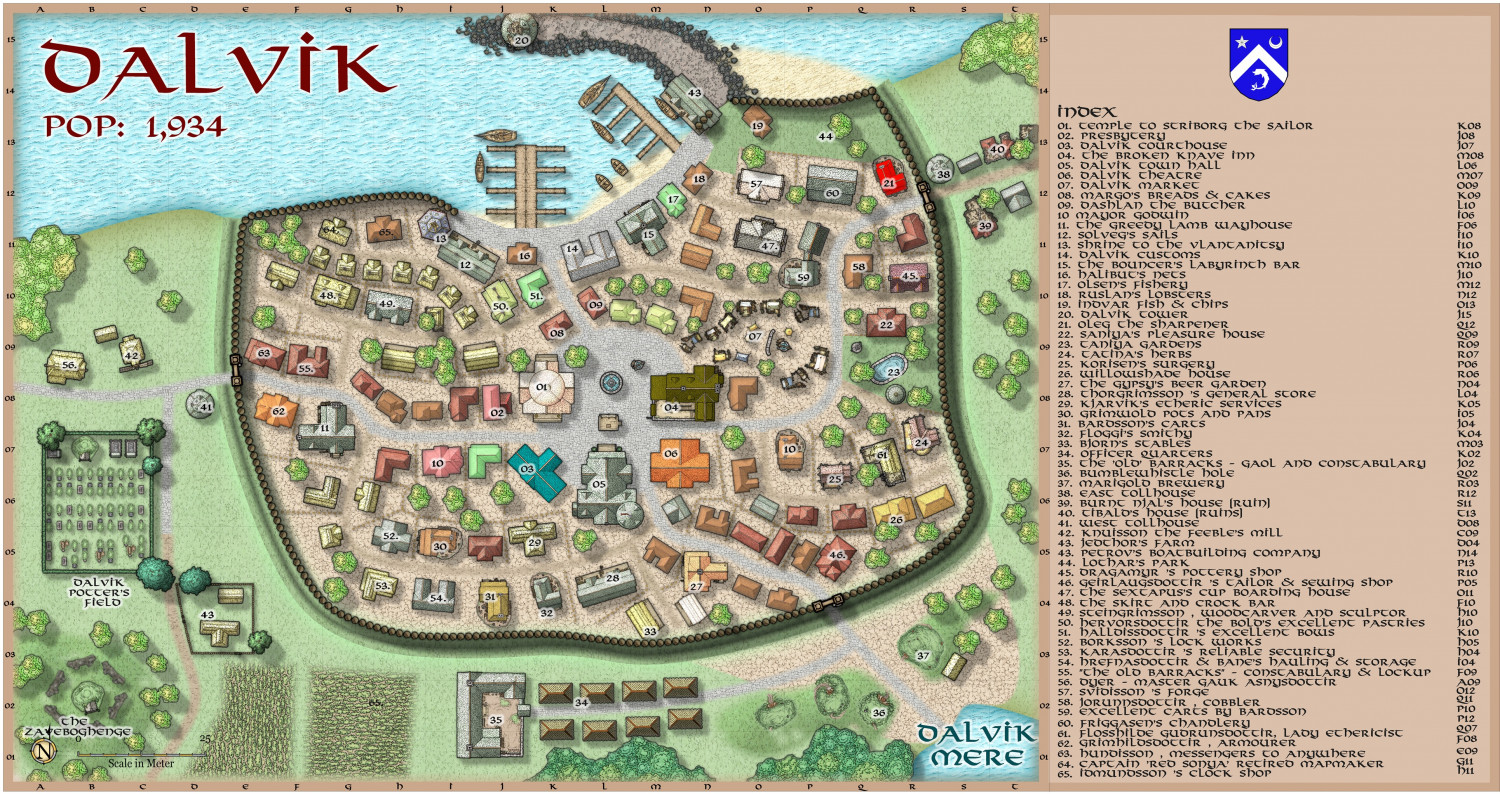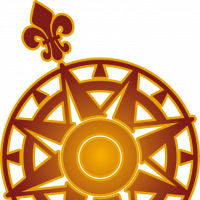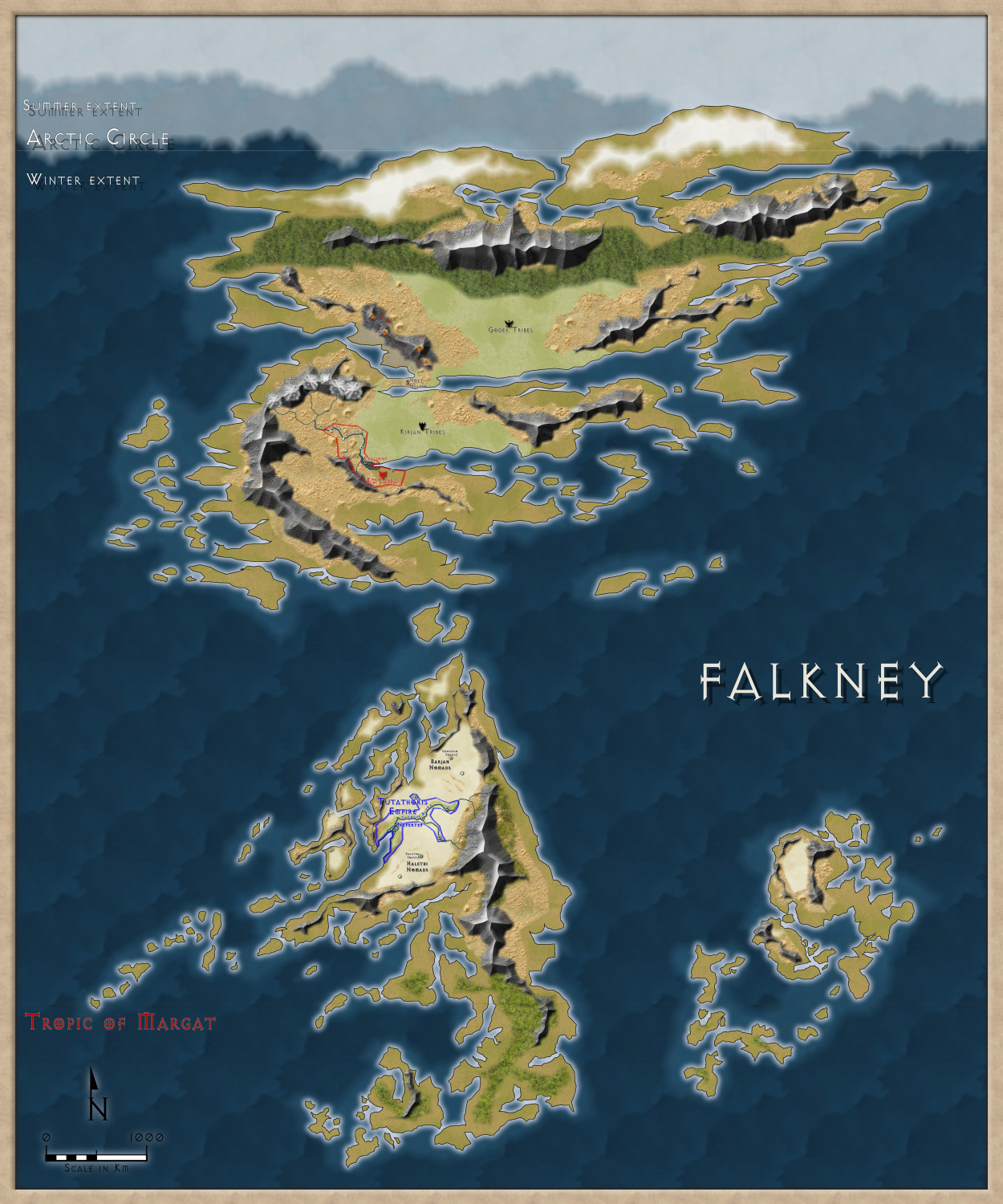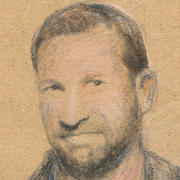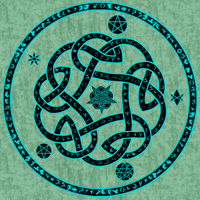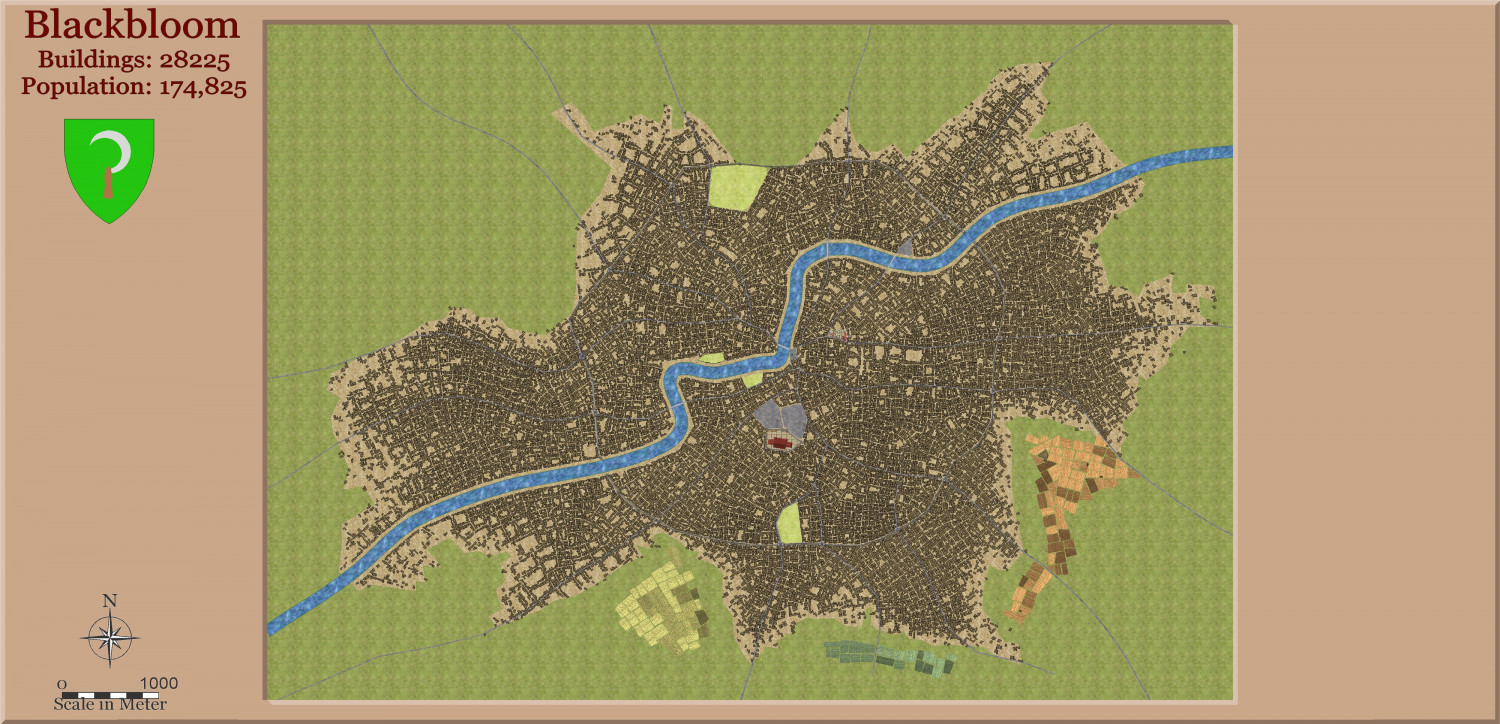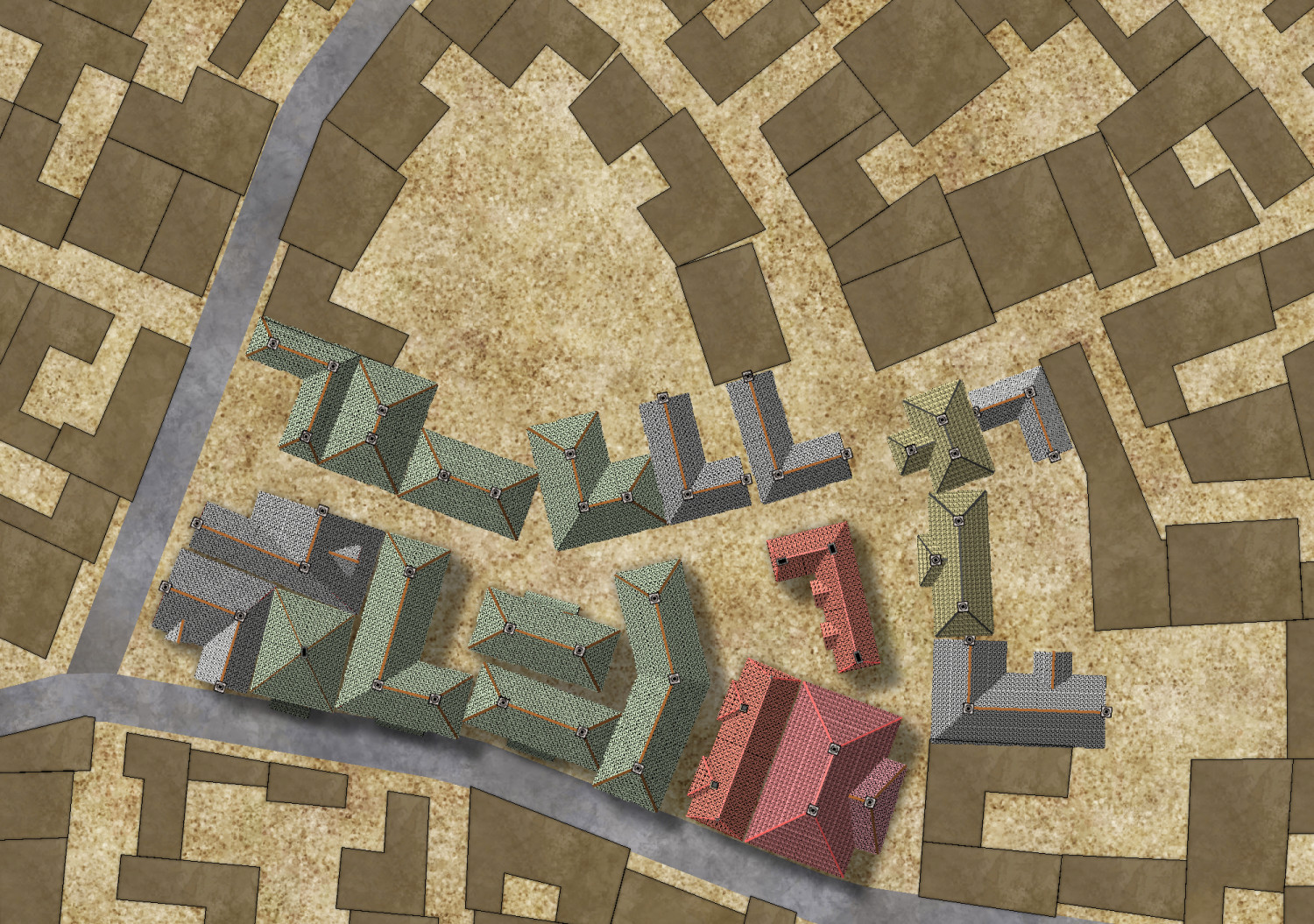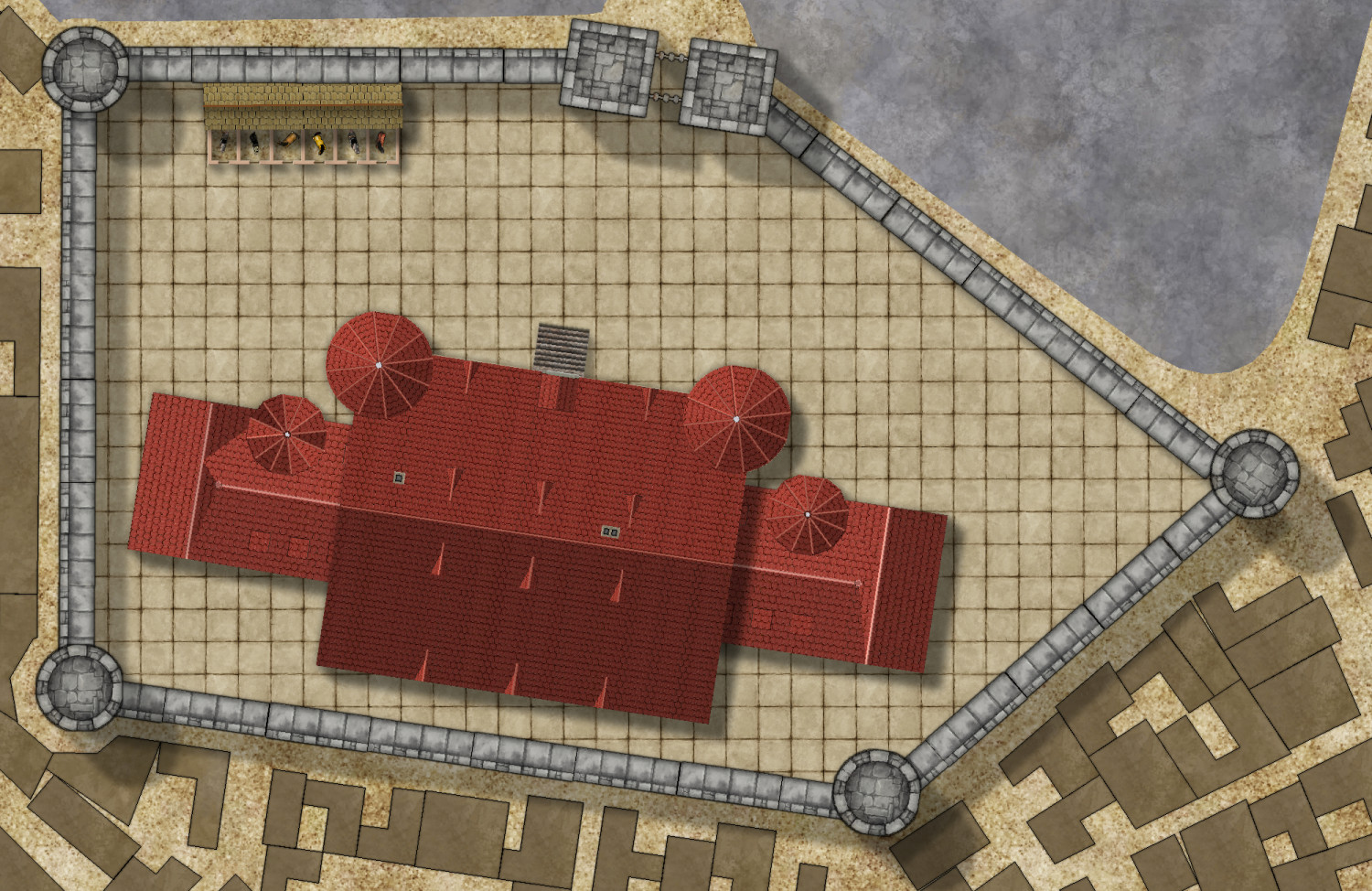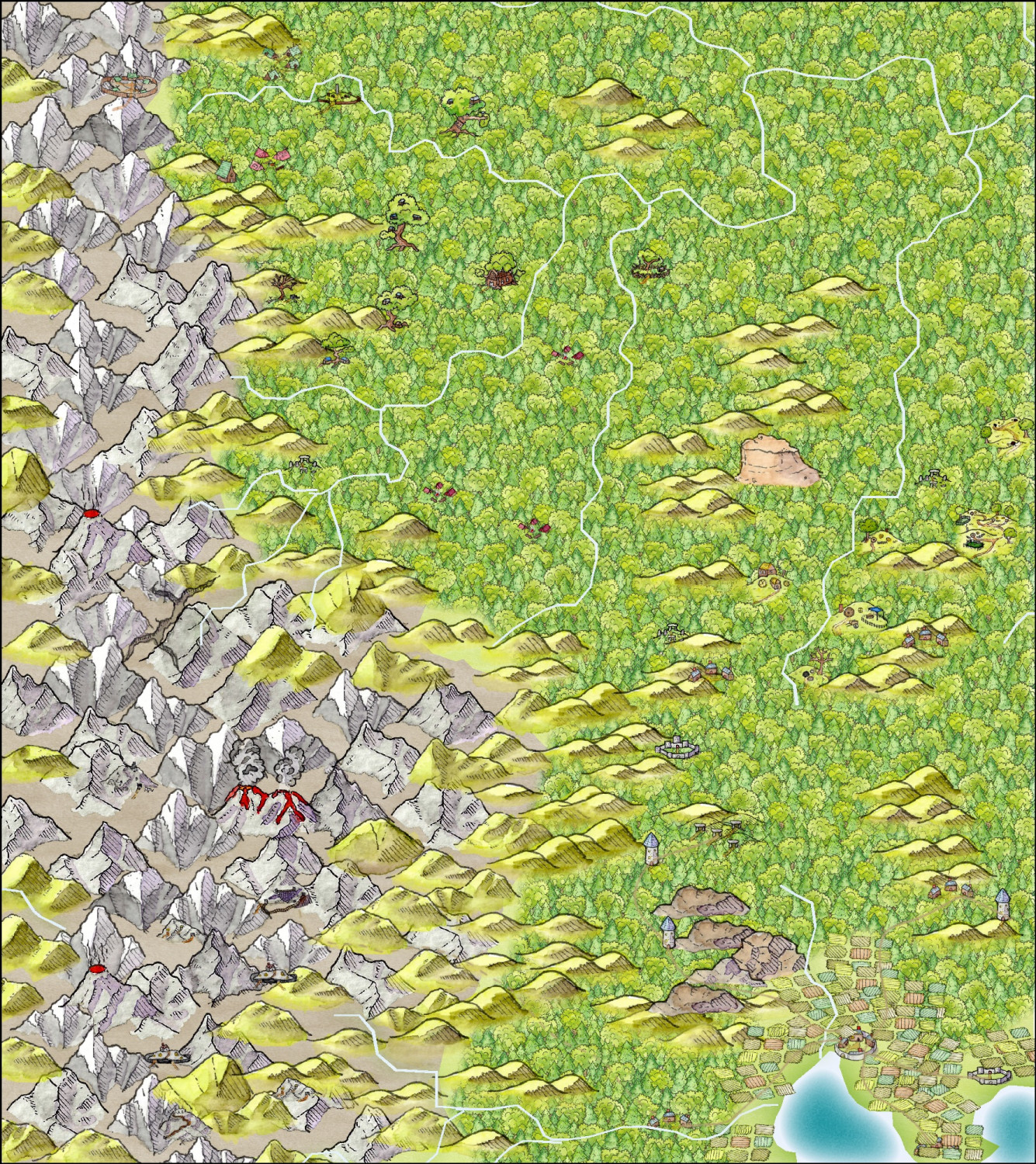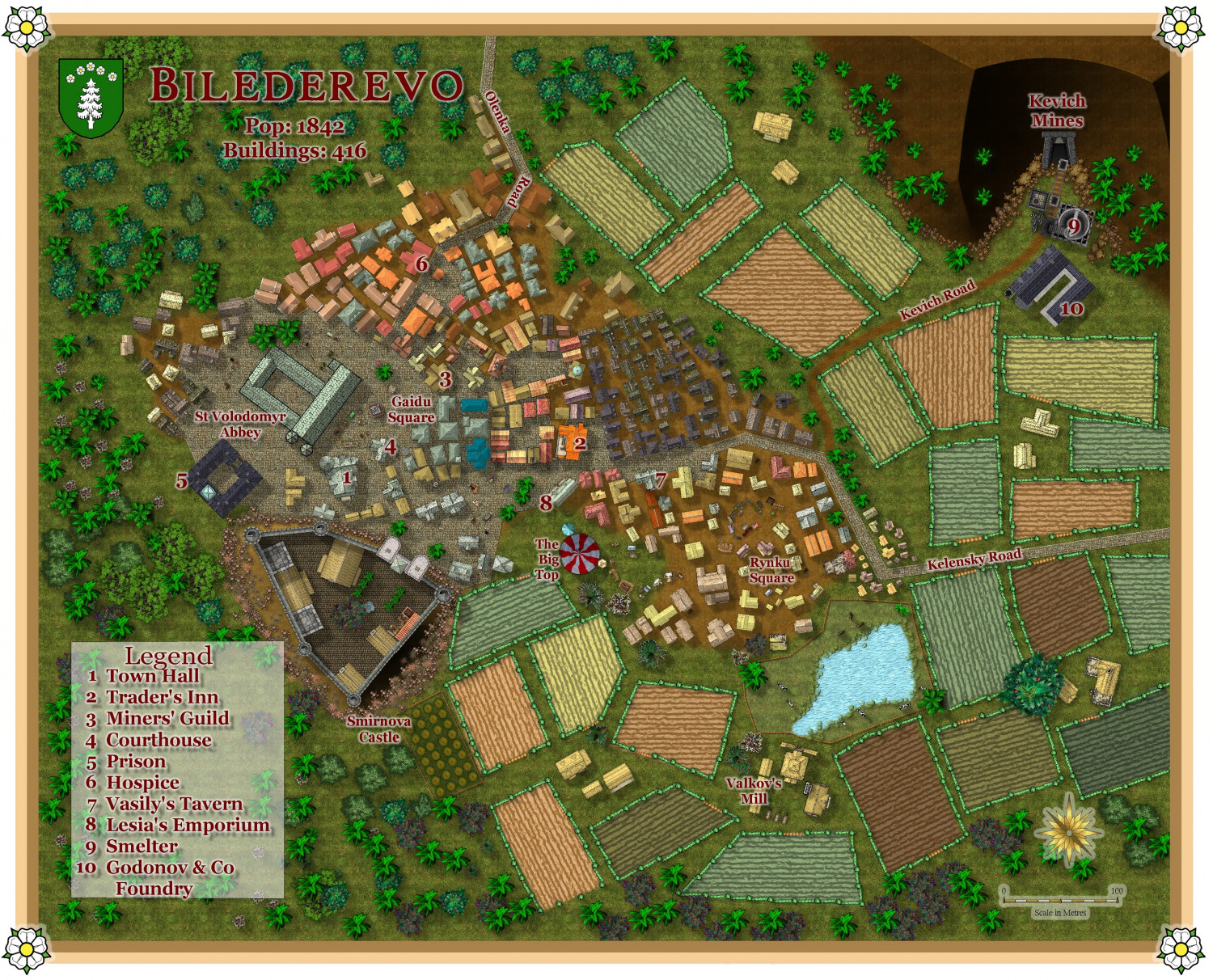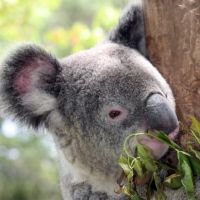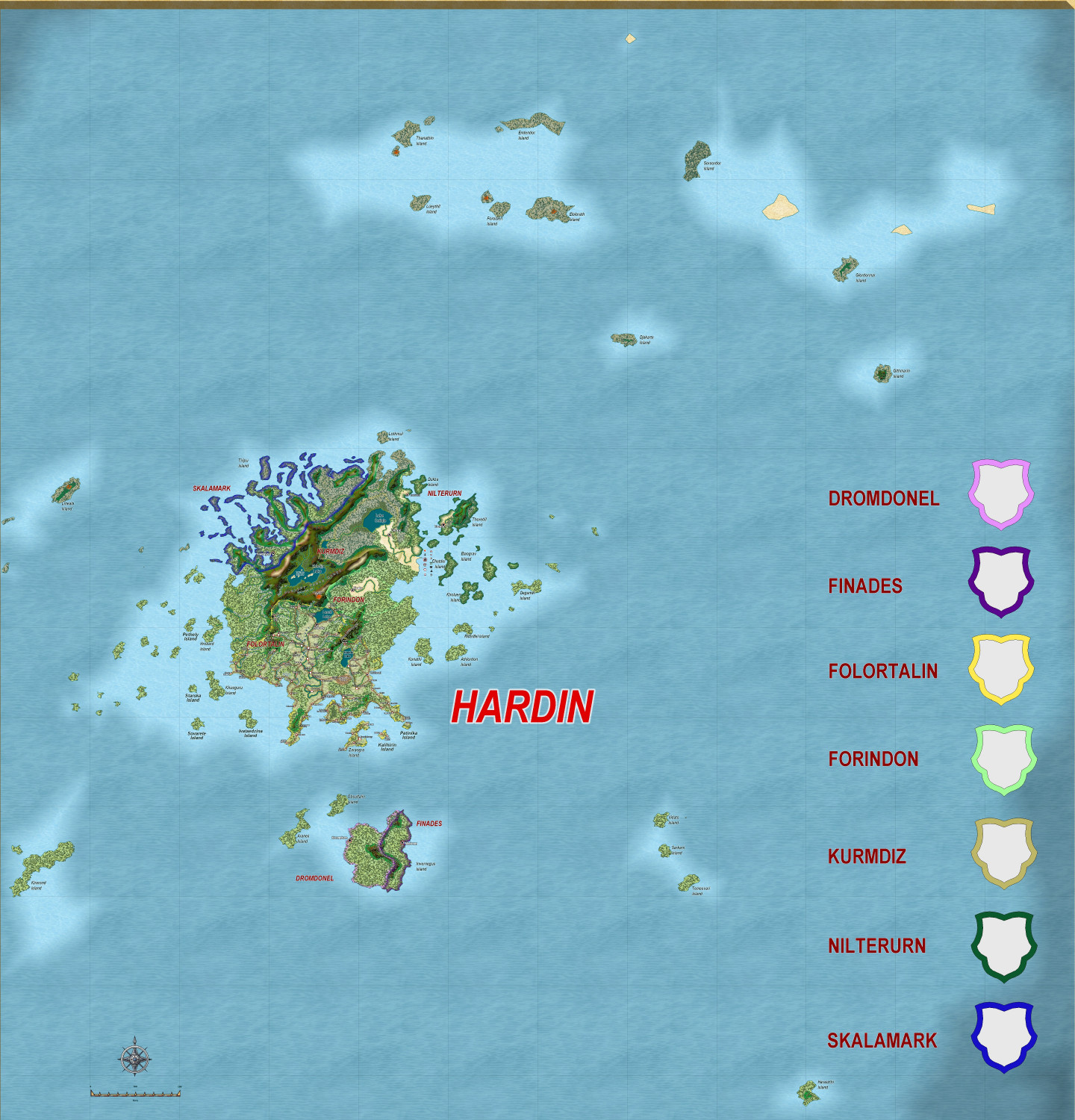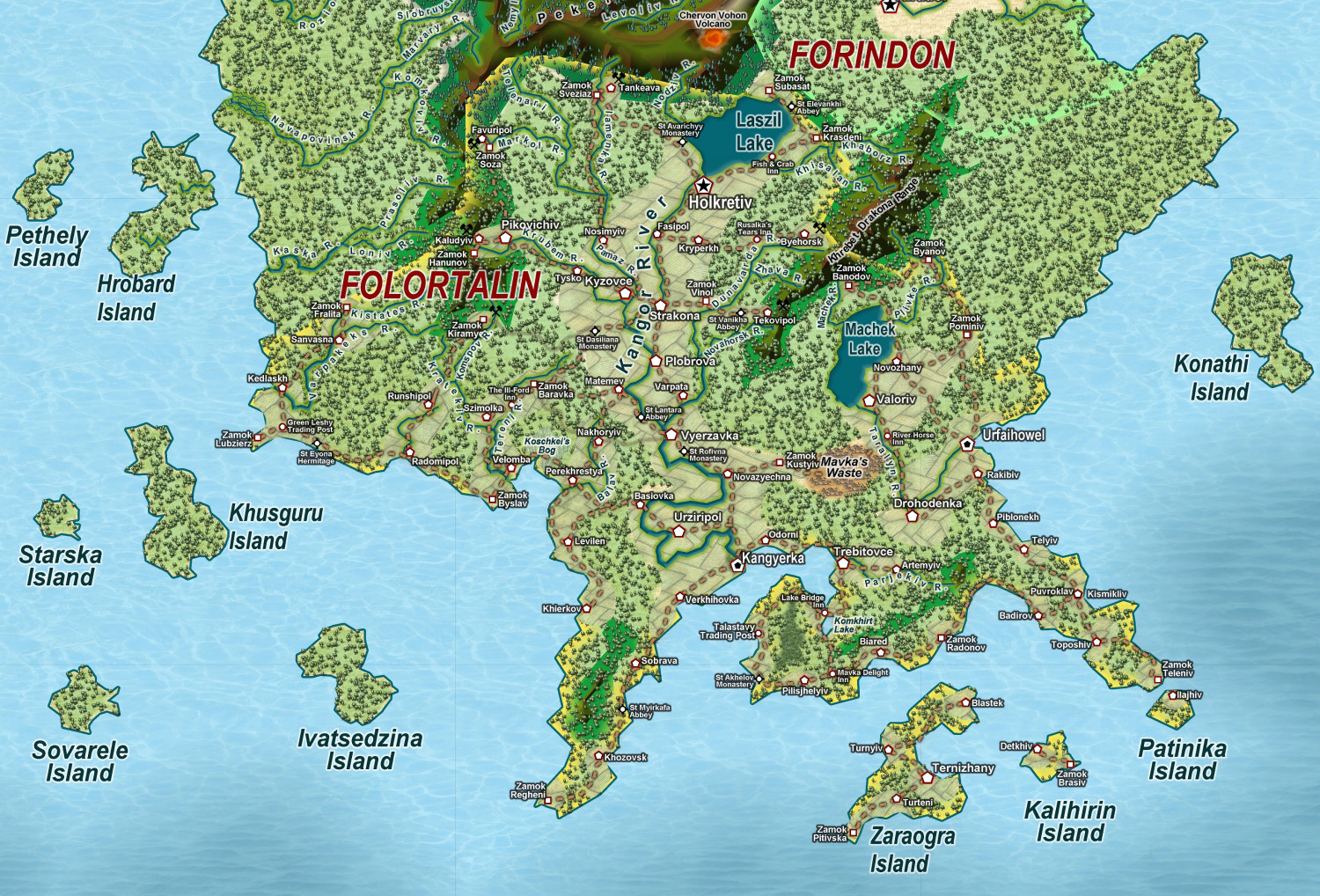Quenten
Quenten
About
- Username
- Quenten
- Joined
- Visits
- 7,167
- Last Active
- Roles
- Member
- Points
- 2,843
- Birthday
- November 29, 1950
- Location
- Australia
- Real Name
- Quenten Walker
- Rank
- Mapmaker
- Badges
- 16
Reactions
-
Ukadarlia
I thought I would illustrate the whole world of Dashamargo using two different styles.
The first is for the equirectangular projection, using Erdam Worlds. Obviously in the early stages.
And the Mercator style for the two hemisphere style
The last is best viewed as a large map and high res. though I may change over to larger and fewer symbols.
But here is a close up, which doesn't look too bad.
-
Community Atlas - Berenur - The Bucesi Nations
-
Dungeon Level Symbols
-
Hardin region of Myirandios
And here is the whole map now completed. Phew!
A larger version is in the gallery. Image Gallery: Hardin — ProFantasy Community Forum
And here is the fcw if anyone wants a closer look.
-
Dalvik, a town in Frostlund
Here is the town of Dalvik, hometown for three heroes adventuring forth into the wilds of the Vynling nation of Frostlund.
It is the starting point of my first D&D campaign with me as the DM since 1992.
Suggestions for improvements are very very welcome.
Larger version in Gallery:
Image Gallery: Continent of Ukadarlia — ProFantasy Community Forum
-
The World of Falkney
Got a bit bored with my other mapping projects, so i decided to create a world, using real world Falkland Islands and Orkney. Hence the name.
Not finished, but just rivers and big cities and countries to go. Decided to set it in a Bronze age era, so not that many contiguous countries, and quite a few 'empires'. So far, Sumer in the northern continent, and ancient Egypt in the southern continent.
Here it is in the Gallery: https://forum.profantasy.com/profile/gallery/12400/Quenten/388
-
Community Atlas - A huge metropolis somewhere
I hanker to create a huge city like I did with Dun Fingolfin.
I also wanted to stress Watabou to the max. So here is a city with 28,000+ buildings.
I intend to detail each building, using mainly CD3A, Medieval Buildings and SS5. Obviously, various areas will be demolished to make way for Stadiums, etc, and grand hotels, big mansions, university, museums, theatres, bathhouses and red light district etc.
But this is the start. I don't expect progress to be ultra fast - Dun Fingolfin took over a year.
Also, I detail two small areas I am concentrating on this week.
-
Community Atlas - NE Arum Nur Highlands
I have decided to test out the new styles making maps for the Community Atlas - my own world is based on my own style and Mike Schley, so by doing this, I can have fun with the new styles, and contribute to the Atlas - regions mainly.
So here is NE Arum Nur Highlands - very much the beginning stages, using the latest style - E Prybylski Overland 2
-
World of Tatilana - Bilederevo
Here is the actual town. Please feel free to comment re corrections, additions and deletions. it is set in the tropics, hence lots of palm trees. The name means White Tree, hence the shield.
I followed Monsen's railway track guide for the mine tracks, and used rectangular Array for the first time.
-
Hardin region of Myirandios


